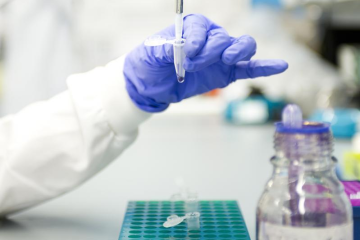Project grant
Replacement of in vivo arterial thrombosis models using human placental arteries: The birth of a new approach

At a glance
In progress
Award date
January 2025 - December 2027
Grant amount
£534,427
Principal investigator
Dr Sarah Jones
Co-investigator(s)
Institute
Manchester Metropolitan University
R
- Replacement
